Home>Furniture & Design>Interior Design Trends>How Many Cups Is A Glass Of Water
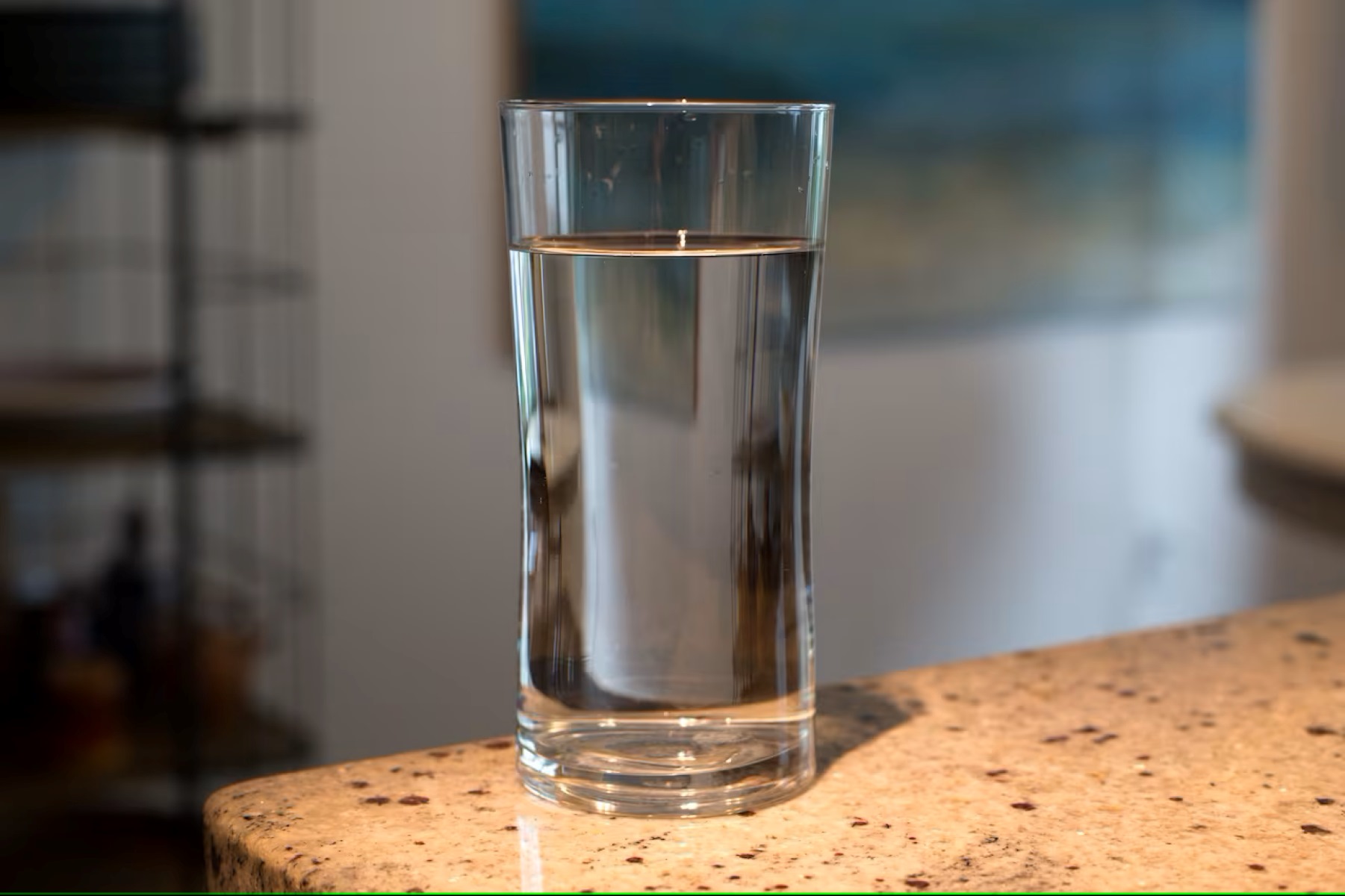

Interior Design Trends
How Many Cups Is A Glass Of Water
Modified: February 18, 2024
Discover the latest interior design trends and learn how to incorporate them into your space. Find out how many cups make up a glass of water and stay hydrated in style.
(Many of the links in this article redirect to a specific reviewed product. Your purchase of these products through affiliate links helps to generate commission for Storables.com, at no extra cost. Learn more)
Introduction
Water is an essential element for life, and staying adequately hydrated is crucial for maintaining overall health and well-being. The amount of water one should consume daily varies based on several factors, including age, gender, activity level, and climate. Understanding the standard measurements of water consumption, particularly in relation to the common household glass, can provide valuable insights into meeting daily hydration needs. Additionally, exploring the different types of glasses and their respective capacities can shed light on the variations in water intake. Furthermore, delving into the benefits of drinking water can underscore the significance of ensuring adequate hydration. This article aims to delve into the nuances of water consumption, particularly in relation to the common household glass, to provide a comprehensive understanding of the importance of staying hydrated.
Key Takeaways:
- Stay hydrated by aiming for eight 8-ounce glasses of water a day, but adjust based on your age, weight, and activity level. Different glasses offer fun ways to meet your hydration goals!
- Drinking water supports your body, skin, and mind. It helps with digestion, energy, and even weight management. So, grab a stylish glass and sip your way to a healthier you!
Read more: How Many Cups Is A Glass Of Water
Standard Measurements
When it comes to understanding the standard measurements of water consumption, it's essential to consider the typical capacity of a household glass. A standard glass of water is often defined as 8 ounces, which is equivalent to 1 cup. This measurement serves as a fundamental reference point for many individuals aiming to track their daily water intake.
In the context of daily hydration recommendations, the "8×8 rule" is frequently cited, suggesting that individuals should consume eight 8-ounce glasses of water per day, totaling 64 ounces. This guideline provides a straightforward approach to maintaining adequate hydration, especially for those who prefer a simple and easily memorable benchmark.
However, it's important to note that individual hydration needs can vary based on factors such as age, weight, activity level, and climate. As a result, some experts recommend adjusting water intake based on these factors, leading to personalized hydration goals. For instance, individuals living in hot and humid climates or engaging in vigorous physical activity may require more water to compensate for increased fluid loss through perspiration.
Furthermore, the concept of water measurement extends beyond the standard 8-ounce glass. Many water bottles and tumblers come in various sizes, ranging from 12 to 32 ounces or more. Understanding the capacity of these containers is crucial for accurately tracking water consumption throughout the day.
In summary, while the 8-ounce glass serves as a common reference point for water measurement, it's essential to consider individual hydration needs and the diverse range of water-holding vessels available. By recognizing the standard measurements of water consumption and adapting them to personal requirements, individuals can effectively maintain proper hydration levels to support overall health and well-being.
Different Types of Glasses
Understanding the diverse array of glasses commonly used for serving water and other beverages can provide valuable insights into the variations in water intake. While the standard 8-ounce glass is a widely recognized vessel for consuming water, it's essential to acknowledge the different types of glasses and their respective capacities. This awareness can contribute to a more nuanced approach to tracking and meeting daily hydration needs.
-
Tumbler: Tumblers are versatile and commonly used for serving water, juice, and other beverages. They come in various sizes, typically ranging from 8 to 16 ounces. The broader opening of a tumbler makes it easy to fill and clean, and its capacity can accommodate different preferences for water intake.
-
Highball Glass: Often used for serving mixed drinks, highball glasses have a capacity of around 10 to 12 ounces. Their tall and narrow design makes them suitable for serving water with ice, offering a refreshing way to enjoy a cool drink while meeting hydration goals.
-
Mason Jar: With a capacity ranging from 8 to 16 ounces, mason jars have gained popularity as trendy vessels for serving water and other beverages. Their rustic charm and varied sizes make them a stylish and practical choice for those seeking a unique way to consume water throughout the day.
-
Pint Glass: Commonly associated with serving beer, pint glasses typically hold 16 ounces of liquid. Their larger capacity makes them suitable for individuals who prefer to consume water in larger quantities at once, reducing the need for frequent refills.
-
Water Goblet: Characterized by a wide bowl and tall stem, water goblets are elegant vessels with a capacity of around 10 to 12 ounces. Often used for formal dining or special occasions, these glasses offer a sophisticated way to enjoy water, adding a touch of refinement to the hydration experience.
By recognizing the diverse range of glasses and their respective capacities, individuals can tailor their water consumption to their preferences and lifestyle. Whether it's sipping from a stylish mason jar or opting for the classic 8-ounce tumbler, the choice of glass can influence one's hydration routine, adding a touch of personalization to the essential task of staying adequately hydrated.
Benefits of Drinking Water
Proper hydration is fundamental to maintaining overall health and well-being, and the benefits of drinking water are extensive and far-reaching. From supporting bodily functions to promoting skin health, water plays a pivotal role in numerous physiological processes. Understanding the myriad advantages of staying adequately hydrated can underscore the importance of incorporating ample water consumption into daily routines.
1. Supports Hydration and Vital Functions
Water is essential for maintaining proper hydration, which is crucial for supporting bodily functions such as digestion, nutrient absorption, circulation, and temperature regulation. Adequate hydration helps transport essential nutrients and oxygen to cells, enabling organs to function optimally. Additionally, staying well-hydrated supports kidney function by aiding in the elimination of waste products through urine, contributing to overall detoxification and health.
Read more: How Many Cups Is A Shot Glass
2. Enhances Physical Performance
Proper hydration is integral to optimizing physical performance and endurance. Whether engaging in exercise, sports, or physical activities, adequate water intake helps sustain energy levels, prevent dehydration, and minimize the risk of heat-related illnesses. By replenishing fluids lost through perspiration, individuals can maintain peak performance and recover more effectively post-activity.
3. Promotes Skin Health and Radiance
Drinking an ample amount of water can contribute to healthy, radiant skin. Adequate hydration helps maintain skin elasticity, suppleness, and moisture, reducing the likelihood of dryness and promoting a glowing complexion. Furthermore, staying well-hydrated supports the body's natural detoxification processes, potentially reducing the occurrence of skin issues such as acne and blemishes.
4. Aids Weight Management and Appetite Control
Incorporating water into a balanced diet and weight management plan can be beneficial for appetite control and calorie regulation. Drinking water before meals can create a sense of fullness, potentially reducing overall calorie intake. Additionally, opting for water over sugary beverages can help minimize liquid calorie consumption, supporting weight management efforts.
5. Supports Cognitive Function and Mental Clarity
Proper hydration is essential for maintaining cognitive function and mental clarity. Dehydration can lead to cognitive impairment, affecting concentration, alertness, and overall cognitive performance. By staying adequately hydrated, individuals can support optimal brain function and mental acuity, potentially enhancing productivity and overall cognitive well-being.
Read more: How Many Ounces Is A Glass Of Water
6. Facilitates Digestion and Nutrient Absorption
Water plays a vital role in digestion and nutrient absorption, aiding in the breakdown of food and the transportation of nutrients throughout the body. Proper hydration supports gastrointestinal health, potentially reducing the risk of constipation and promoting regularity. Additionally, staying well-hydrated can contribute to optimal nutrient absorption, supporting overall nutritional well-being.
In summary, the benefits of drinking water are multifaceted, encompassing physiological, performance, and aesthetic advantages. By recognizing the extensive impact of proper hydration on various aspects of health and well-being, individuals can prioritize adequate water intake as a fundamental component of a balanced and healthy lifestyle.
Conclusion
In conclusion, the standard measurement of a glass of water, typically 8 ounces or 1 cup, serves as a fundamental reference point for tracking daily hydration. Understanding the diverse range of glasses commonly used for serving water, such as tumblers, highball glasses, mason jars, pint glasses, and water goblets, provides valuable insights into the variations in water intake and allows for a more personalized approach to meeting hydration goals. Moreover, recognizing the numerous benefits of drinking water, including supporting vital bodily functions, enhancing physical performance, promoting skin health, aiding weight management, supporting cognitive function, and facilitating digestion, underscores the significance of prioritizing adequate hydration as an essential component of a balanced and healthy lifestyle.
By acknowledging the standard measurements of water consumption, adapting them to individual hydration needs, and exploring the diverse array of glasses and their respective capacities, individuals can effectively maintain proper hydration levels to support overall health and well-being. Whether it's sipping from a stylish mason jar or opting for the classic 8-ounce tumbler, the choice of glass can influence one's hydration routine, adding a touch of personalization to the essential task of staying adequately hydrated. Additionally, the multifaceted benefits of drinking water highlight the extensive impact of proper hydration on various aspects of health and well-being, emphasizing the importance of incorporating ample water consumption into daily routines.
In essence, the understanding of standard measurements, the diverse range of glasses, and the myriad benefits of drinking water collectively emphasize the significance of staying adequately hydrated. By integrating this knowledge into daily practices, individuals can cultivate a mindful approach to hydration, supporting their overall health, well-being, and vitality. As such, the simple act of reaching for a glass of water becomes not only a routine gesture but a conscious and proactive step toward nurturing the body and embracing a lifestyle centered on wellness.
Frequently Asked Questions about How Many Cups Is A Glass Of Water
Was this page helpful?
At Storables.com, we guarantee accurate and reliable information. Our content, validated by Expert Board Contributors, is crafted following stringent Editorial Policies. We're committed to providing you with well-researched, expert-backed insights for all your informational needs.
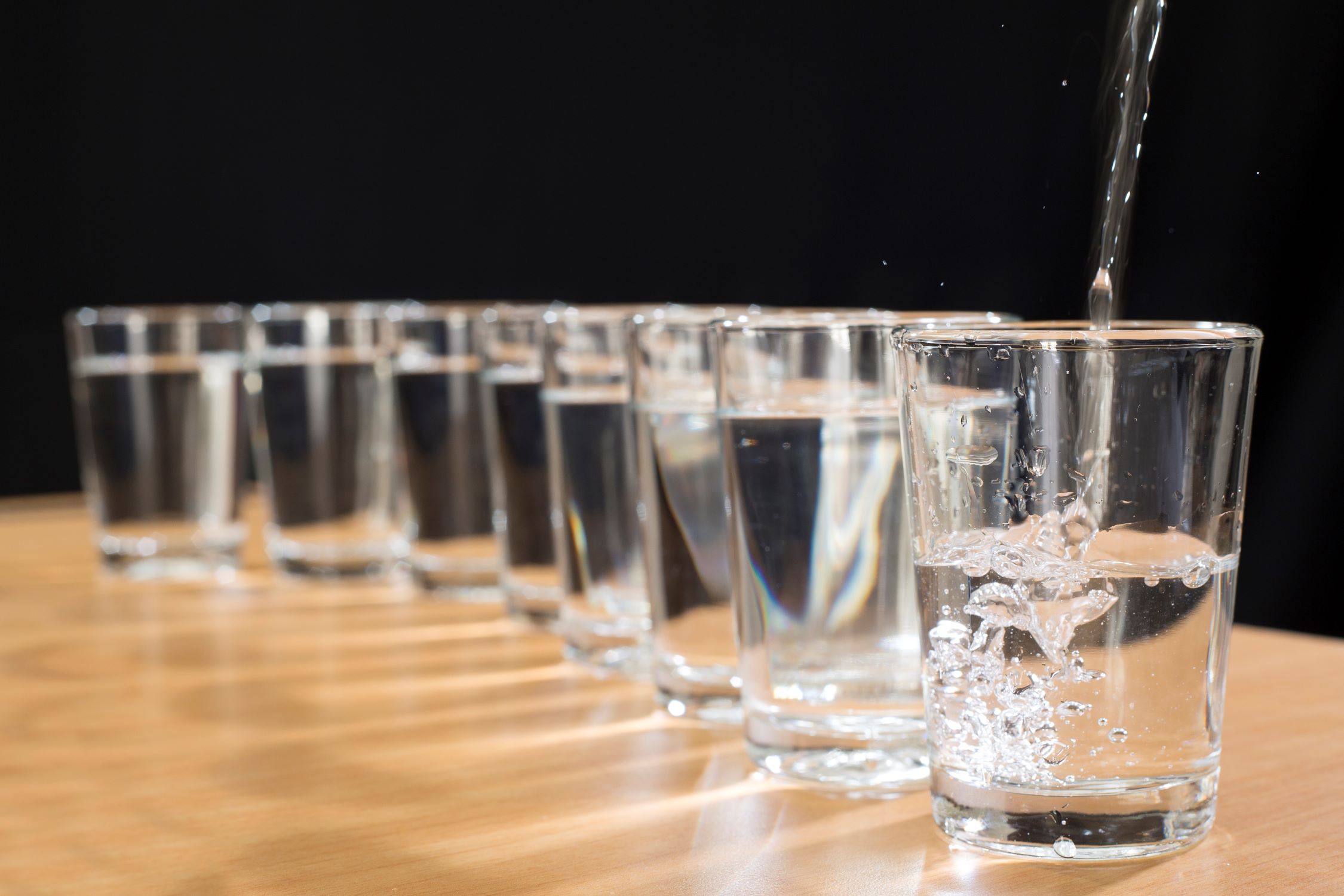
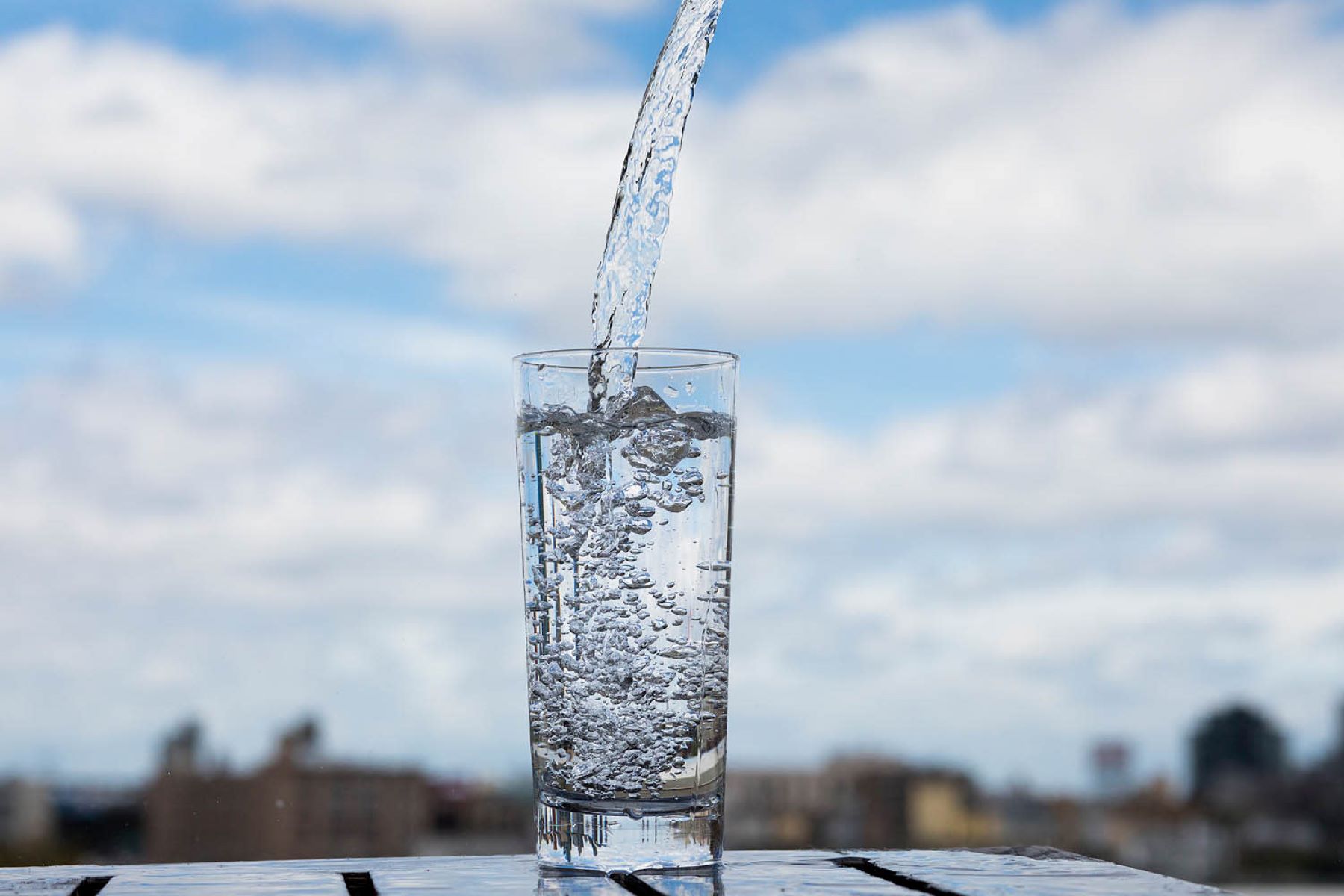
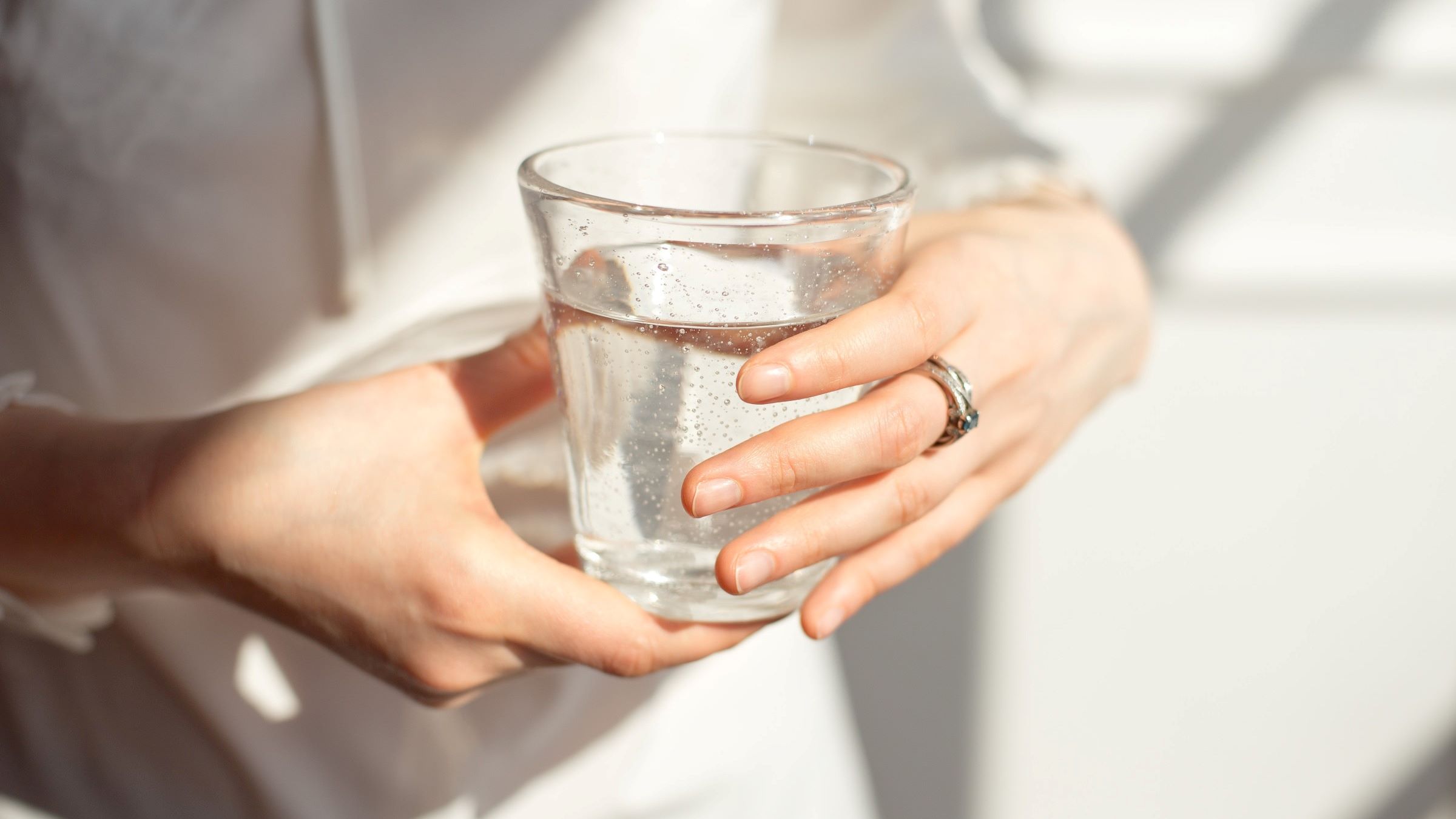
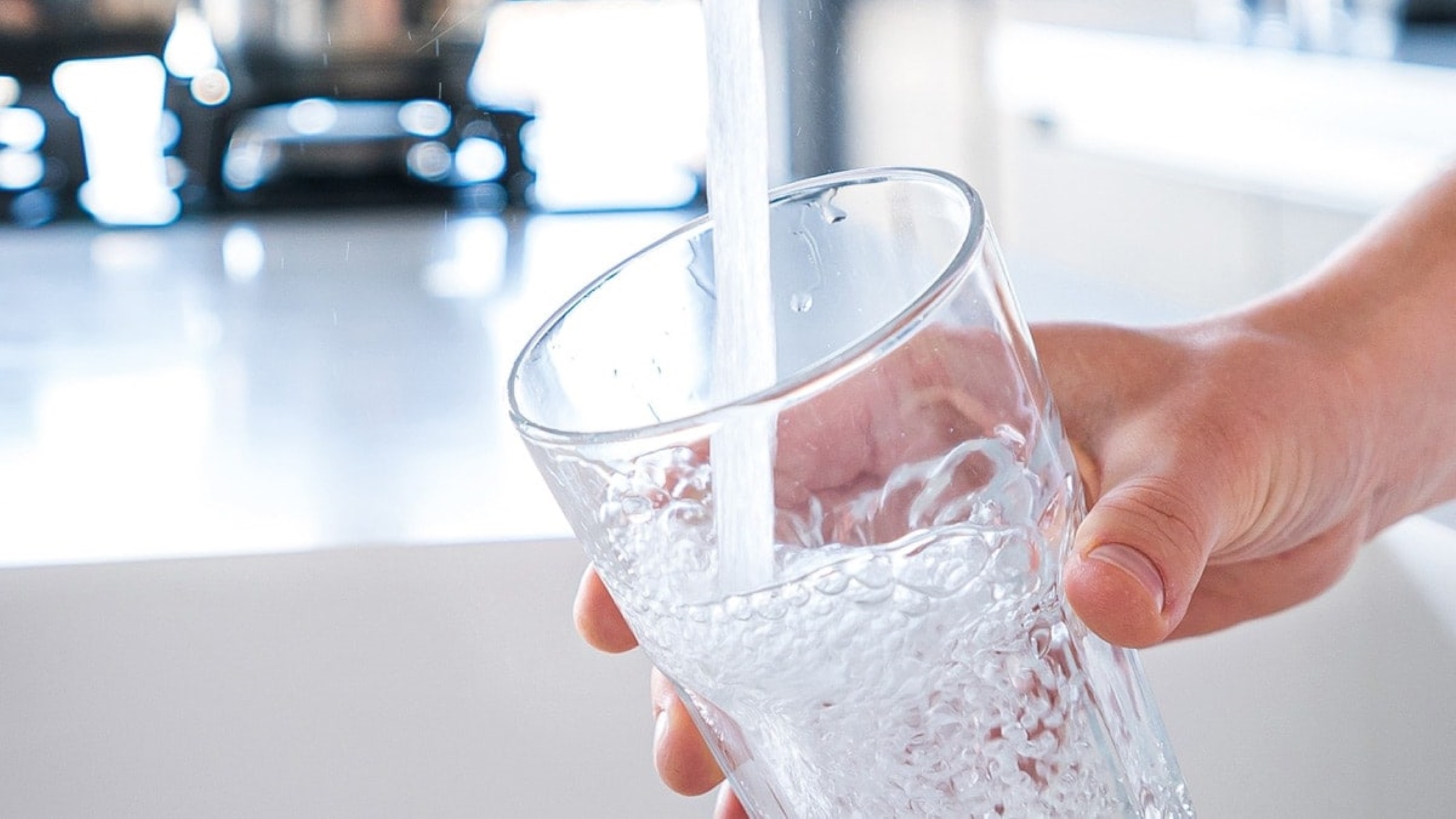
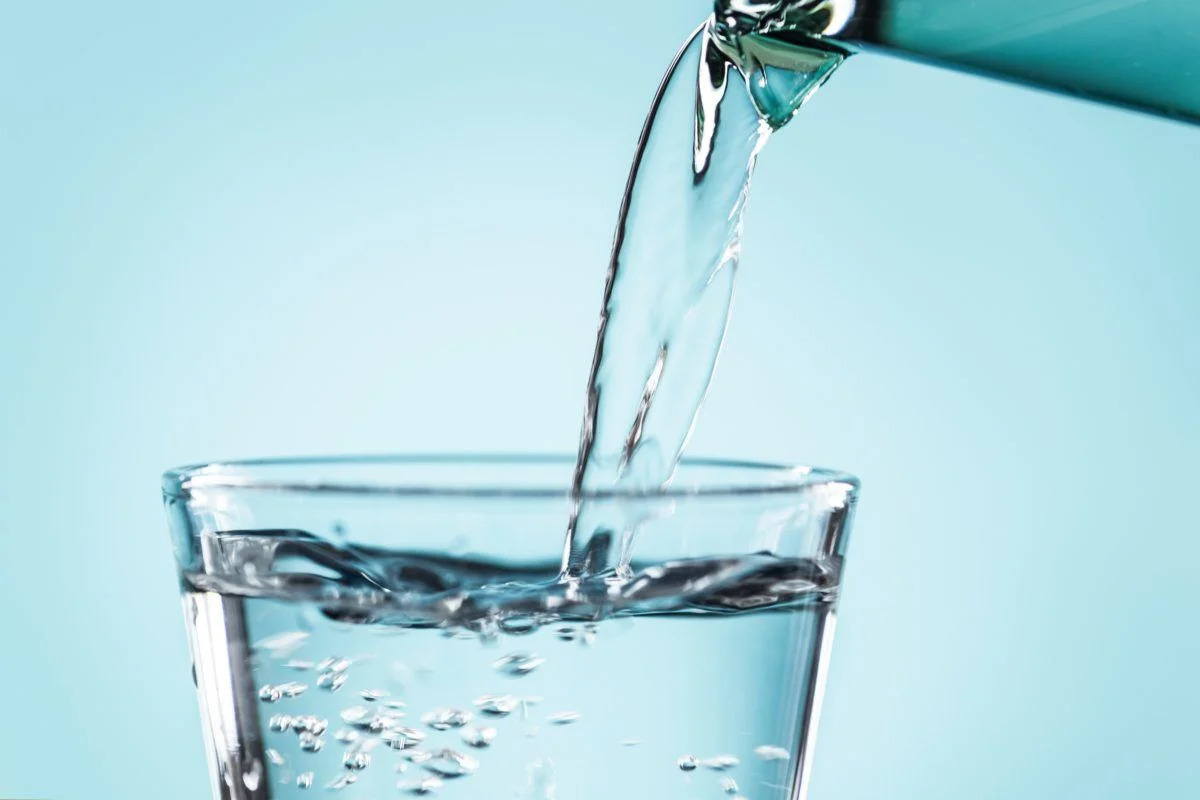
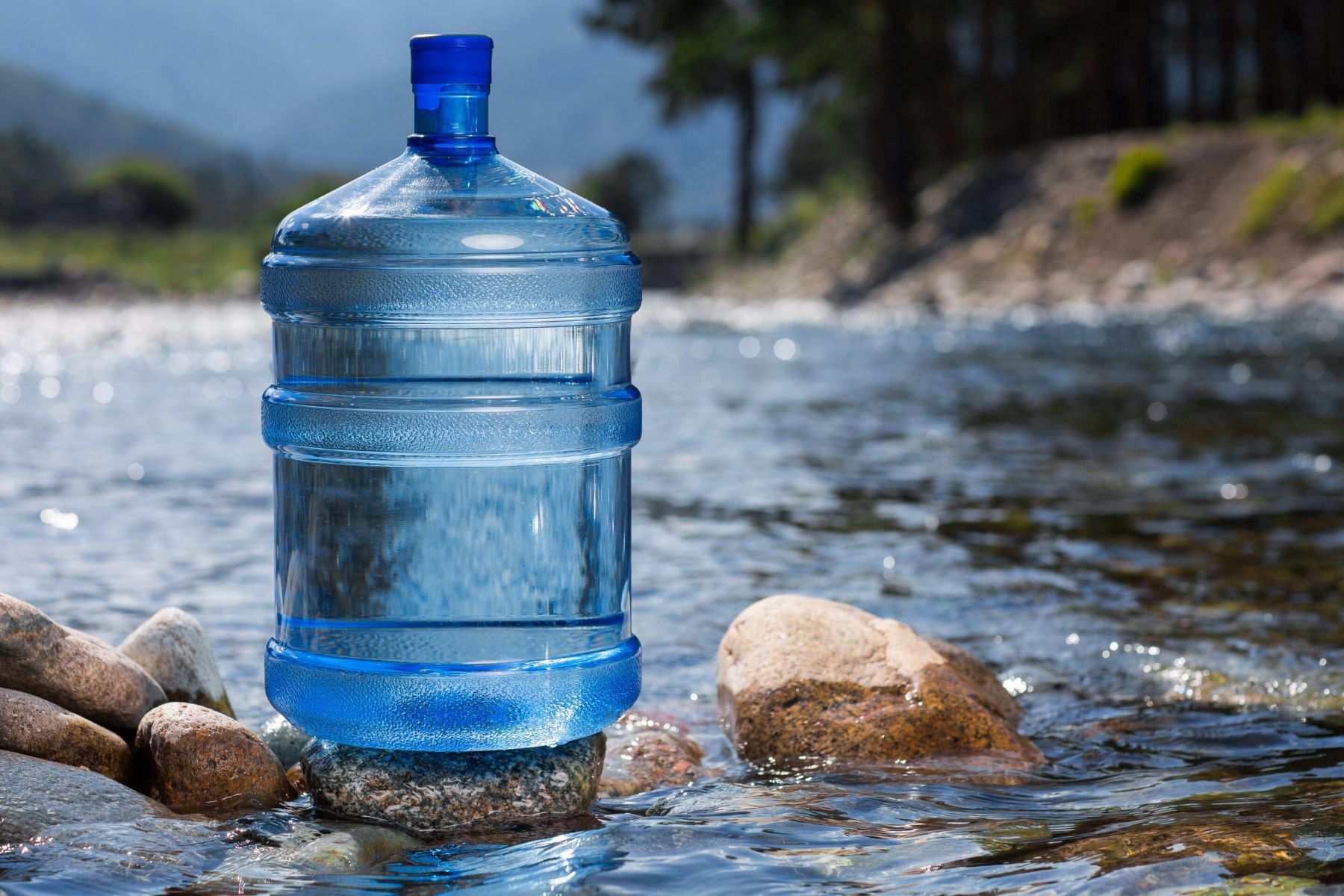
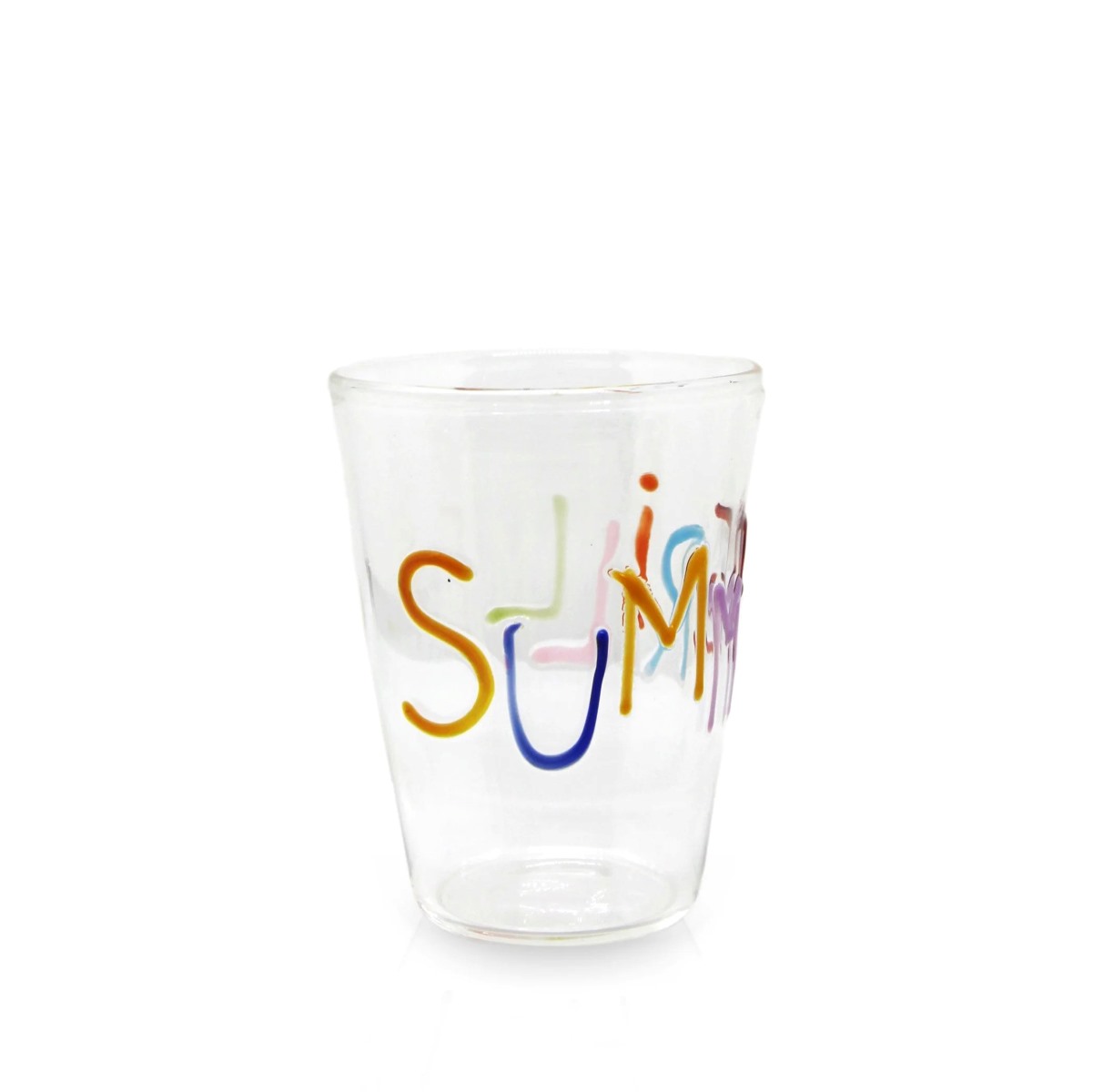
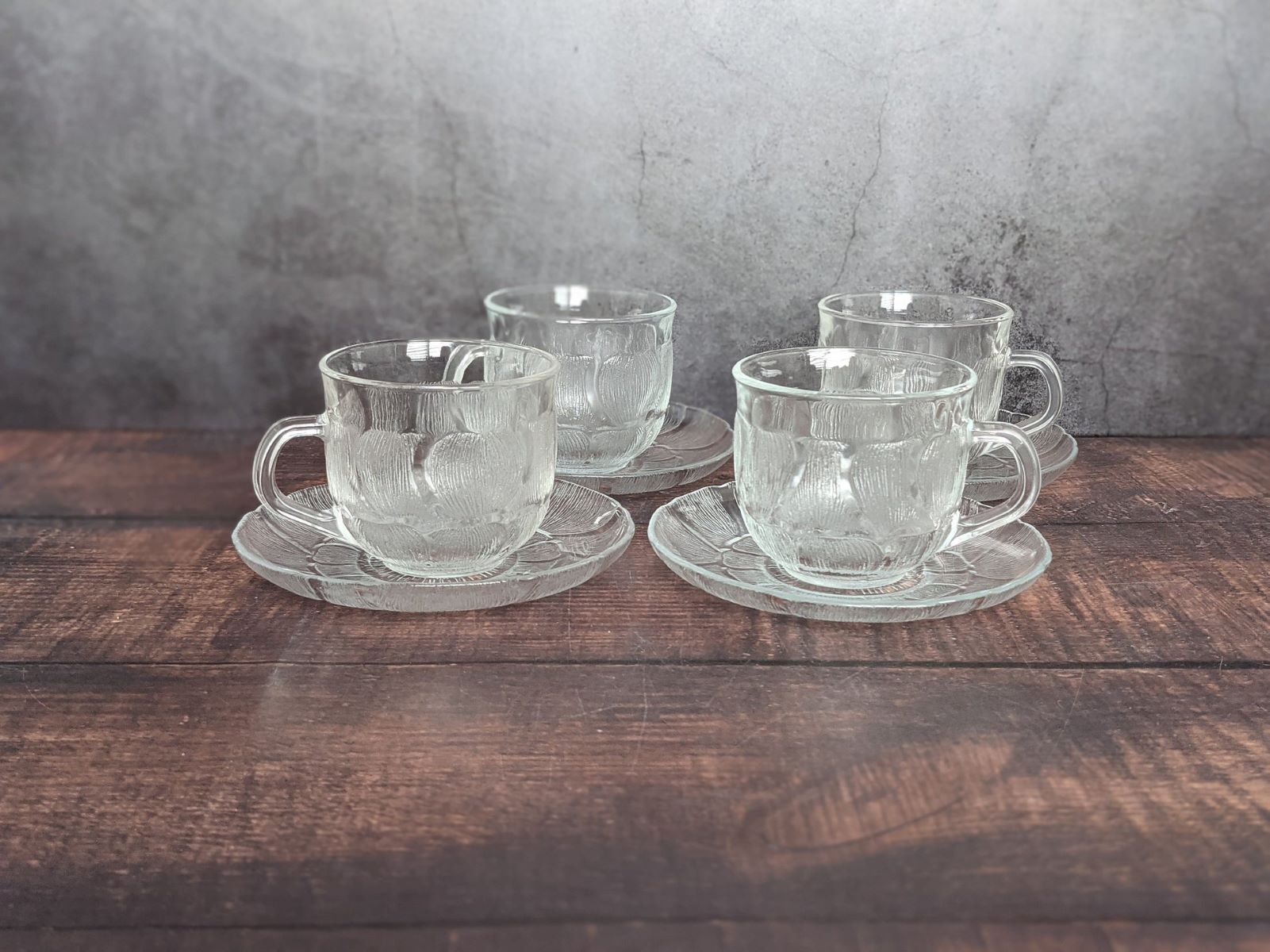

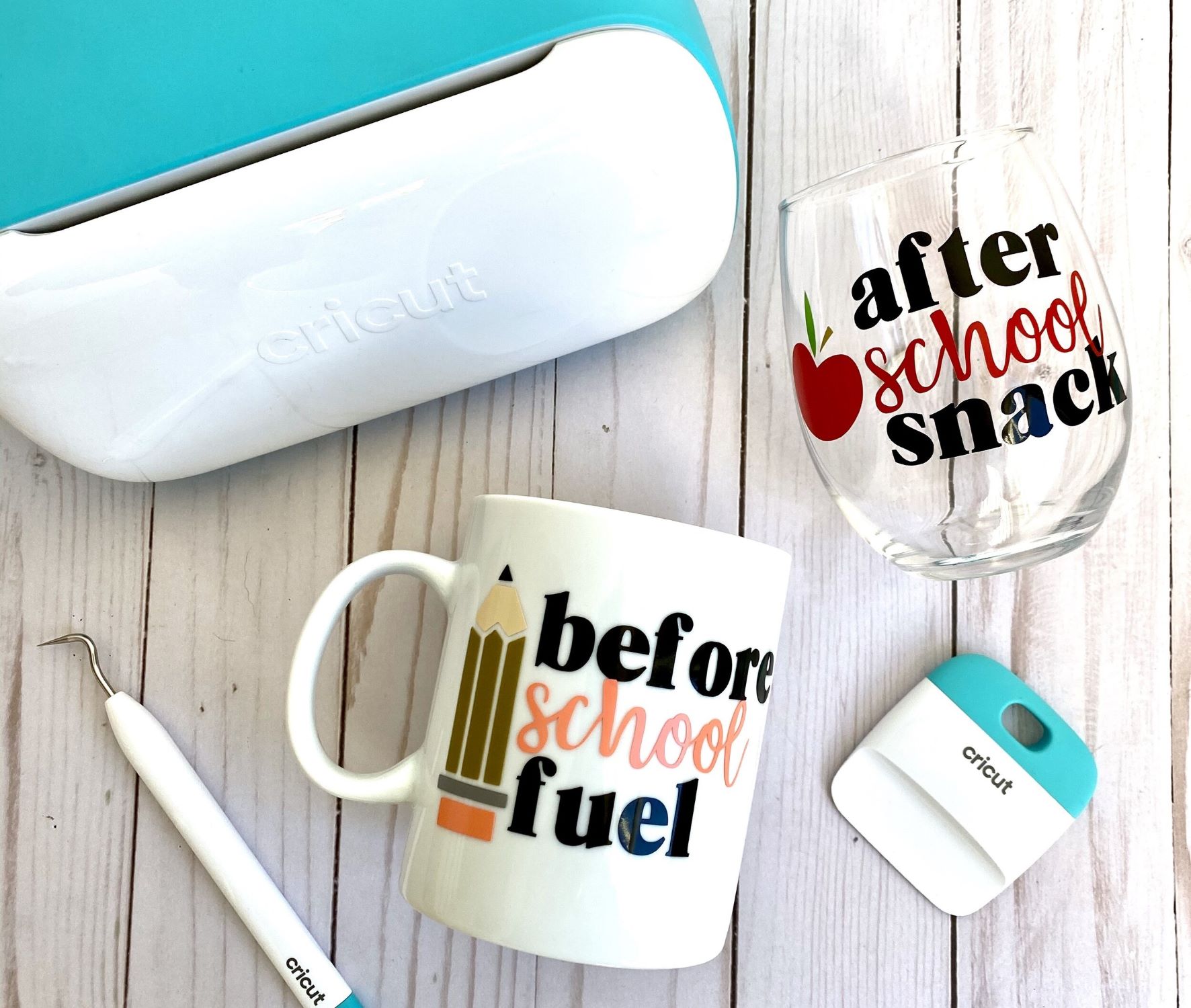
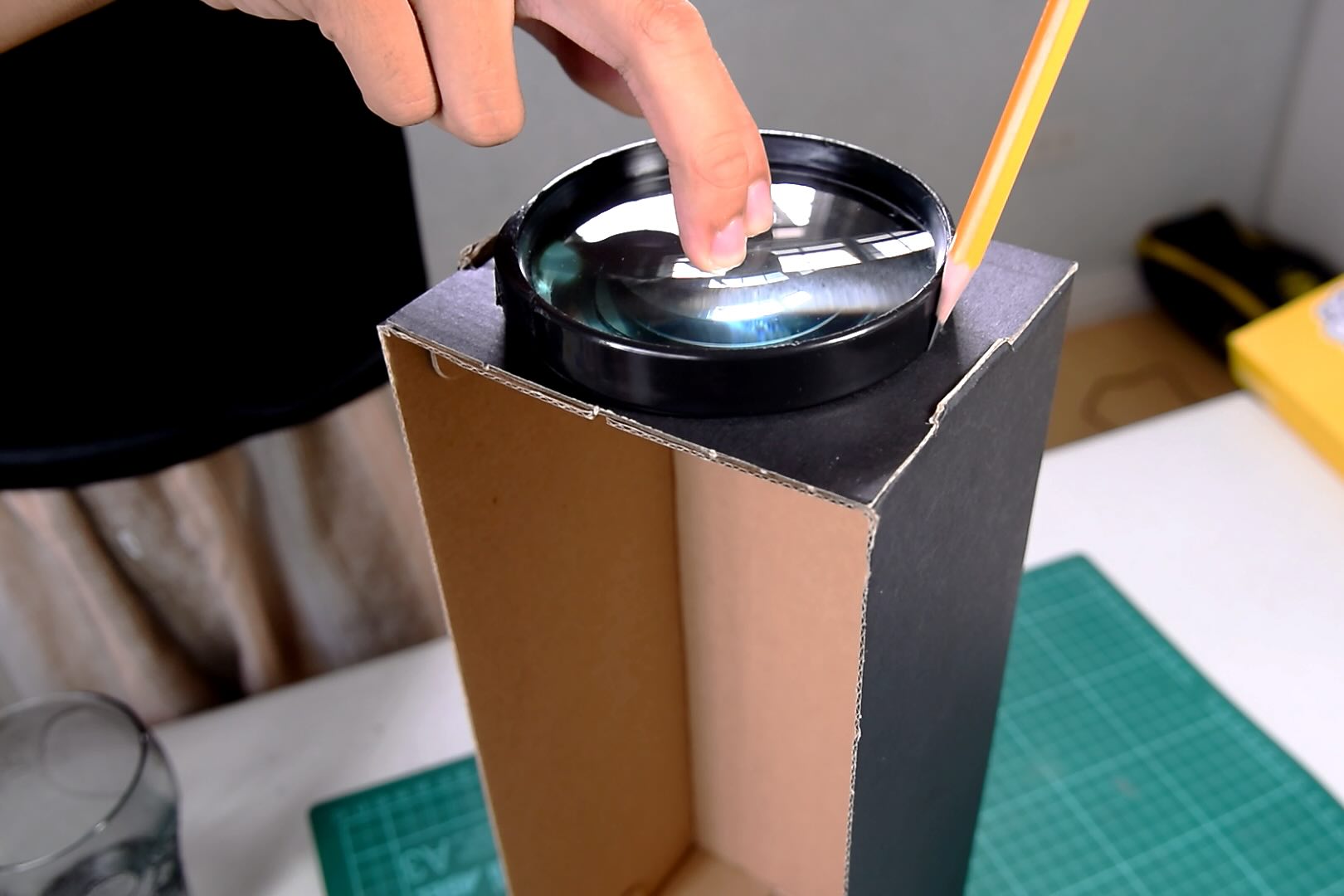
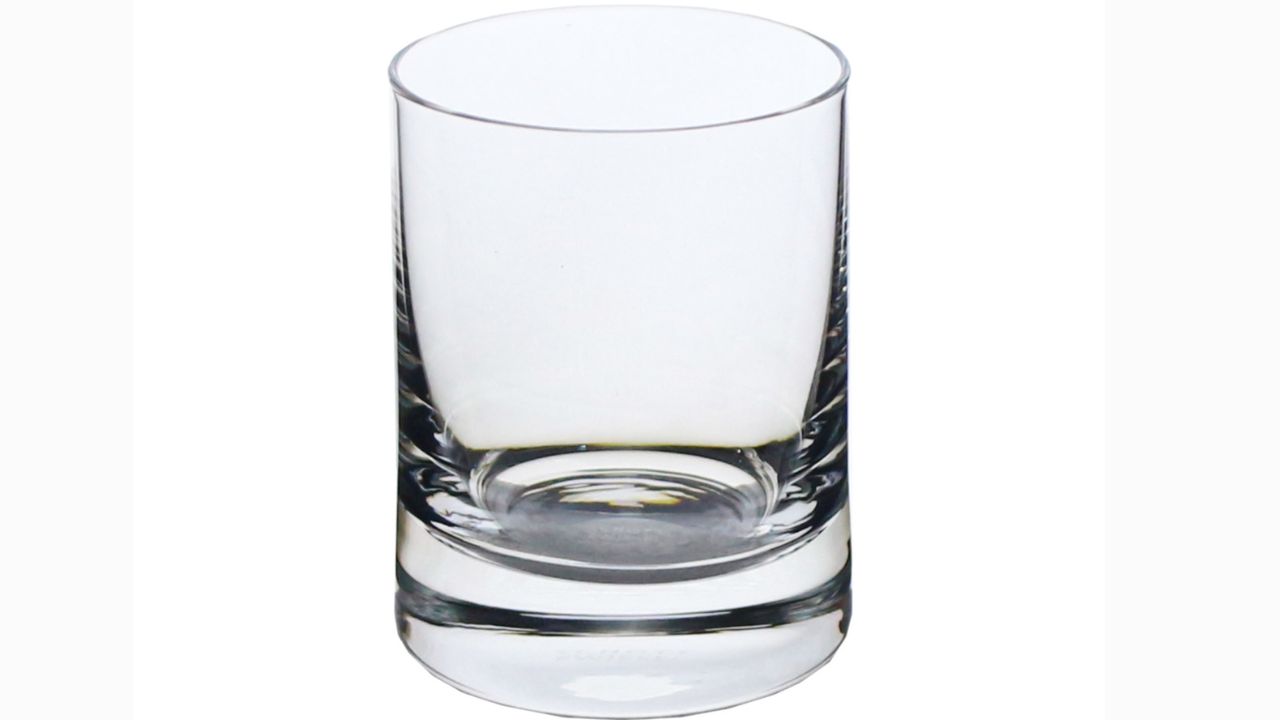
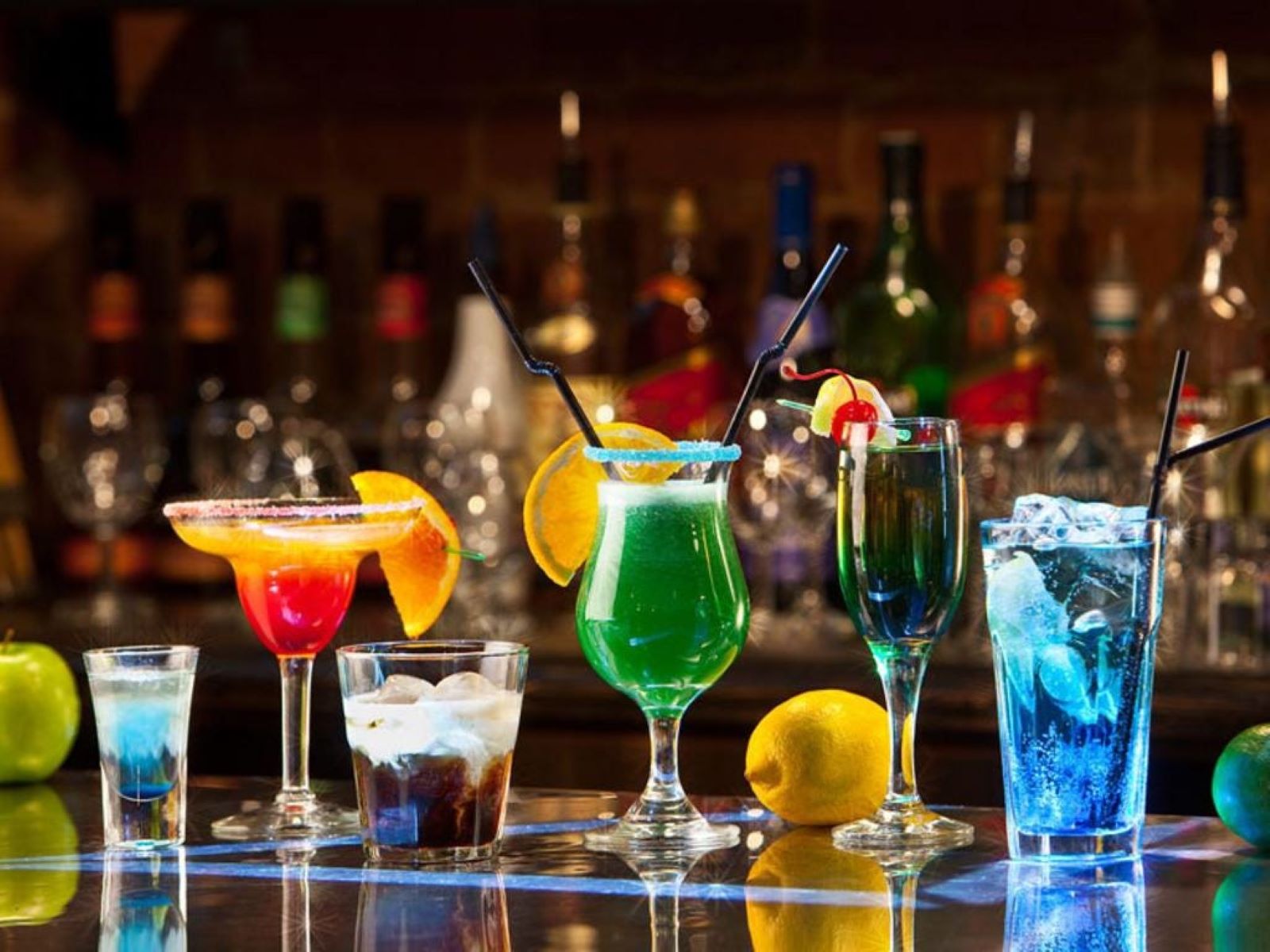

0 thoughts on “How Many Cups Is A Glass Of Water”